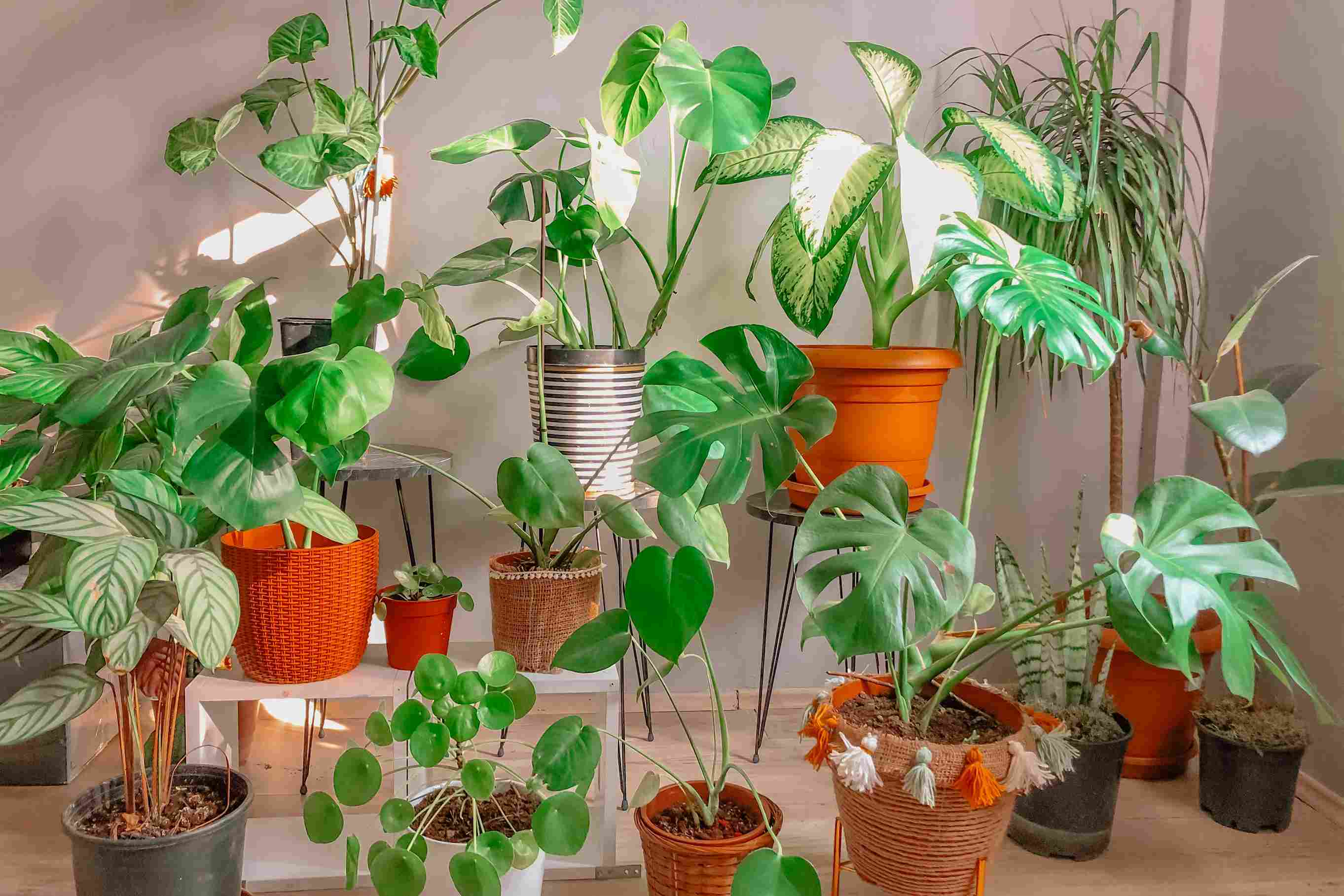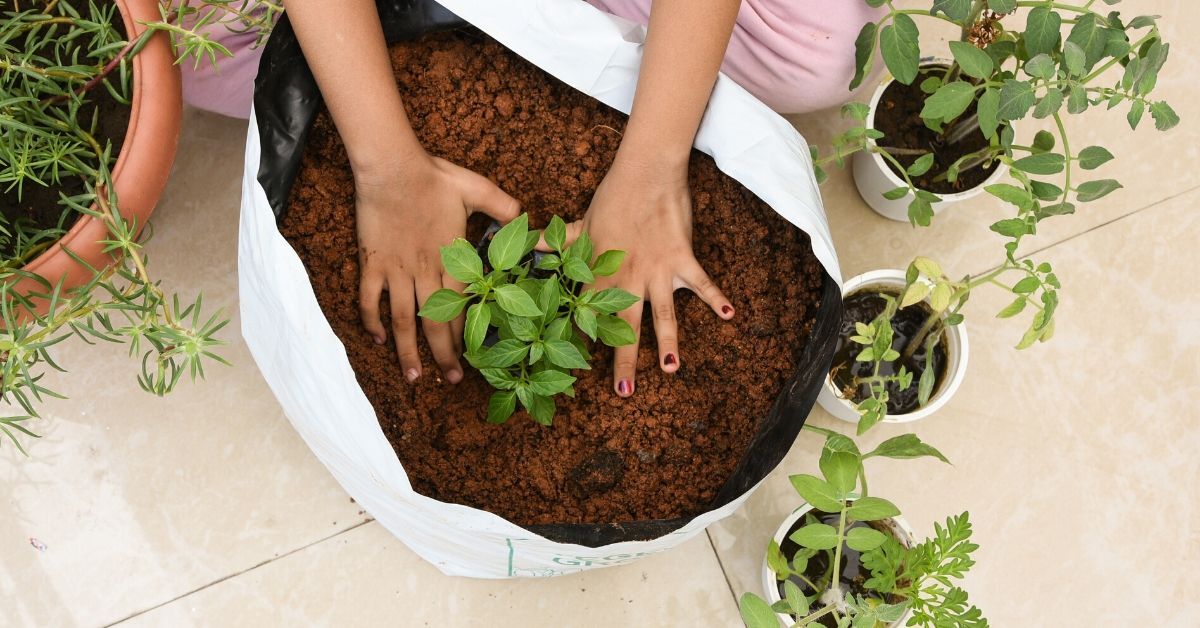Winter can be a tough time for indoor plants. The combination of colder temperatures, reduced sunlight, and fluctuating humidity levels can stress even the hardiest of houseplants. But with a little extra care, you can keep your green companions thriving all winter long.
Here’s a guide to help you protect and nurture your plants during this chilly season.
1. Adjust the watering schedule
In winter, indoor plants generally need less water because their growth slows down. The cooler temperatures and reduced sunlight also mean that the soil takes longer to dry out, increasing the risk of overwatering. Overwatered plants are more prone to root rot and fungal infections, which can damage the plant permanently.
To avoid overwatering, check the moisture level of the soil before watering. Stick your finger about an inch into the soil — if it feels dry, it’s time to water. If it still feels moist, wait a few more days before checking again. For plants like succulents or cacti, which are more drought-tolerant, water even less frequently during the winter.
2. Provide adequate light
Reduced daylight during the winter months can be tough on indoor plants, especially those that require bright, direct sunlight like money plant, aloe vera, and spider plant. Without enough light, they can become leggy, and weak, and stop producing new leaves altogether.

South-facing windows usually get the most sunlight, so place your plants near these windows. If you don’t have access to enough natural light, you might want to consider investing in grow lights. These special lights mimic natural sunlight and can help your plants even during the darkest months.
3. Increase humidity levels
If you have indoor heating, it can dry out the air. This can be detrimental to plants, especially tropical species like bird of paradise or peace lily, that thrive in humid environments. Dry air can lead to brown leaf edges, leaf drop, and overall stress.
One easy way to up the humidity is to place a shallow tray filled with water and pebbles near your plants. As the water evaporates, it will raise the humidity in the immediate area. Another option is to mist your plants with water regularly but avoid doing this on days when the air is particularly dry, as it can lead to fungal growth.
4. Keep an eye on temperature fluctuations
Plants typically prefer stable temperatures between 15-24°C, so try to place them in areas where the temperature remains consistent, away from sources of direct heat or cold. If you have drafty windows, consider using window insulation or placing your plants a bit further from the glass. If your home tends to get very dry, you may want to position plants near natural heat sources like radiators, but at a distance to avoid direct contact with the warmth.
5. Avoid fertilising during winter
Winter is not the time for heavy feeding. During the colder months, most indoor plants enter a dormant or slower growth phase, which means they require fewer nutrients. Fertilising during this time can lead to nutrient buildup in the soil, which can harm the roots.

If you feel the need to fertilise, use a diluted, balanced fertiliser, but only once a month.
6. Regularly clean the leaves
Dust tends to accumulate on plant leaves during the winter months when windows may be closed more often. It can block sunlight and reduce photosynthesis, causing the plant to weaken.
To keep your plants healthy, clean their leaves regularly with a damp cloth. For plants with larger leaves, you can use a soft sponge to gently wipe them. Cleaning the leaves not only improves photosynthesis but also helps prevent pests and diseases.
7. Watch for pests
Dry indoor air can weaken plants, making them more susceptible to infestations. Pests like spider mites, aphids, and scale insects can become more active indoors during the winter months. Regularly inspect your plants, particularly under the leaves and on the stems.
If you notice pests, remove them using a damp cloth or a mild insecticidal soap. For stubborn infestations, you may need to repot your plant with fresh soil.
8. Re-pot if necessary
Winter is not the ideal time to repot plants, but it may be necessary if your plant has outgrown its current pot or has caught some pests. Choose a slightly larger pot and use fresh soil to make sure your plant has enough room to grow when spring arrives.
Edited by Arunava Banerjee

No comments:
Post a Comment